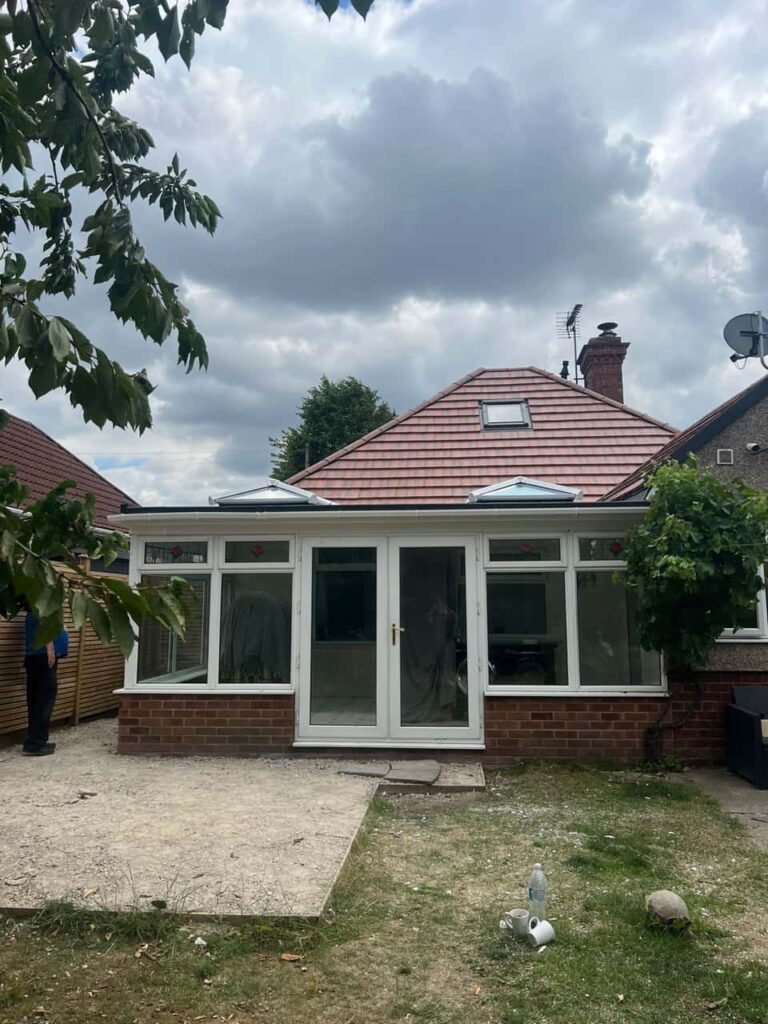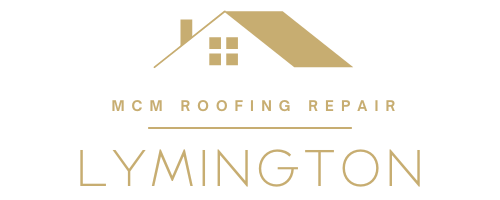Every roof has a natural lifespan, no matter how well it has been maintained. While many issues can be resolved with timely repairs, there comes a point where patching up recurring problems is no longer effective or sustainable. For homeowners in Lymington, Hampshire, recognising when a roof is no longer repairable is essential for protecting the home, preventing further damage, and planning for a long-term solution.
At MCM Roofing Repairs Lymington, we regularly help property owners assess the true condition of their roofs and determine whether repair or replacement is the most practical path forward. This guide explains the key signs that may indicate your roof has reached the end of its usefulness.
Understanding the Limitations of Roof Repairs
Repairs are ideal for isolated issues—such as a slipped tile, a small leak, or minor storm damage. However, when the same problems resurface or new issues appear regularly, this often suggests deeper structural deterioration. Repairs can only do so much if the roof’s materials, structure, or underlay have begun to fail.
Identifying the tipping point early prevents unnecessary expense and avoids the risks associated with ongoing deterioration.
Key Signs Your Roof May No Longer Be Repairable
1. Recurring or Widespread Leaks
One leak is usually repairable. Several leaks across different parts of the roof often point to a bigger issue. When the underlay, fixings, or roofing structure are compromised, water finds multiple entry points. Repeated repairs may offer temporary relief but cannot restore the roof’s overall integrity.
2. Extensive Deterioration of Roofing Materials
Tiles, slates, and felt roofs naturally degrade over time. Cracks, crumbling surfaces, warping, or missing materials across large areas indicate the roof has aged beyond repair. Once deterioration becomes widespread, replacing individual components is unlikely to be successful.
3. Significant Wear to the Underlay
A roof’s underlay is essential for waterproofing, but it is also one of the first components to weaken with age. If the underlay is torn, brittle, or deteriorated throughout the roof, repairs to the surface materials will not stop future leaks or damage.
4. Structural Weakness or Sagging
Any visible sagging in the roofline is a major sign of structural fatigue. This can result from years of moisture exposure, failing timbers, or heavy loading over time. Structural movement indicates the roof is no longer stable and that repairing surface issues is not enough to resolve underlying problems.
5. Multiple Areas of Storm or Wind Damage
Lymington’s coastal position makes roofs more vulnerable to strong winds and salty air. If storms regularly remove tiles, lift flashing, or expose weaknesses, the roof may be too fragile to repair effectively. Repeated weather-related failures often point to a roof that has reached its limits.
6. A Roof Nearing the End of its Expected Lifespan
All roofs have a lifespan determined by their materials. Once a roof reaches an advanced age, deterioration accelerates, and repairs become increasingly short-lived. When a roof is at or beyond its expected service life, replacement becomes the more reliable solution.
7. Moisture Damage Inside the Home
Persistent damp patches, flaking paint, ceiling stains, or mould growth are signs of long-term roof failure. When interior damage becomes widespread, it usually indicates the roof’s protective layers have broken down.
Why Continuing to Repair an Unrepairable Roof Is Risky
Ignoring major roof issues or relying on repeated repairs can lead to:
- Increasing internal property damage
- Compromised insulation and ventilation
- Structural deterioration of beams and timbers
- Higher overall repair costs over time
- Reduced energy efficiency and comfort
Replacing the roof at the right time prevents more serious and costly issues and restores full protection to the property.
The Value of Professional Assessment
Determining whether a roof is repairable requires trained inspection. A professional roofer evaluates:
- The extent of visible damage
- The condition of the underlay and structure
- The performance of existing materials
- The potential for long-term repair success
At MCM Roofing Repairs Lymington, we provide clear, honest assessments to help you make informed decisions based on evidence, not guesswork.
Local Roofing Considerations in Lymington
Properties in Lymington and the surrounding coastal areas face unique challenges:
- Strong coastal winds
- Higher moisture exposure
- Salt corrosion affecting fixings and materials
- Older housing stock with ageing roofs
These factors mean roofs need to be both robust and well-maintained. When issues become frequent, replacement often offers the most dependable long-term protection.
Conclusion
There are clear signs that indicate when a roof is no longer repairable—recurring leaks, extensive deterioration, structural weakness, and ongoing internal damage all point to the need for a replacement rather than further patch repairs. Recognising these warning signs early protects your home and provides greater peace of mind.
If you are unsure about the condition of your roof or have noticed recurring issues, MCM Roofing Repairs Lymington is here to help. Contact our roofing specialists today to arrange a professional assessment and receive expert guidance tailored to your property.
Call us on: 01590 631 785
Click here to find out more about MCM Roofing Repairs Lymington
Click here to complete our contact form and see how we can help with your roofing needs.

